Over the past year, shale executives have repeatedly proclaimed their commitment to capital discipline, promising not to return to profligate spending in pursuit of growth at all costs.
However, oil prices are now at the highest levels since November 2014, with WTI topping $70 per barrel. Current market conditions put a larger number of U.S. shale companies into profitable territory, raising the prospect of a return to aggressive growth. There are early signs that shale companies are continuing to boost drilling now that oil prices are up nearly 50 percent from a year ago.
Restraint for shale, or back to business as usual?
Years of debt-fueled shale drilling forced a rethink among operators. Last year, shareholders began applying pressure on oil executives to rein in rapid increases in drilling and refocus their strategies around profits and shareholder returns rather than production growth. Since then, shale executives have gone to lengths to emphasize capital discipline, and Wall Street has repeatedly rewarded oil companies that have showed restraint and returned cash to shareholders in the form of share buybacks and dividend increases while punishing those that roll out aggressive spending plans. Hess and Devon Energy, for instance, have initiated share buybacks, and have seen their share prices outpace their rivals. Concho Resources, on the other hand, announced a pricey $9.5 billion acquisition of RSP Permian, prompting a selloff in its stock.
——Download our free app here and connect with the “Next Generation of Oil and Gasâ€â€”——
Some companies began to rework executive compensation packages, rewarding profits rather than output levels. “The immediate impact of this move is to weaken the link between oil prices and shale production growth,†Alastair Bishop of BlackRock, told the FT in April. The shift in mindset in the industry raised the specter of slower shale growth. “We expect the vast majority of E&Ps to deliver on promises of greater capital discipline in 2018. This moderated increase in drilling activity relative to the increase in oil prices should limit cost inflation,†Morgan Stanley wrote in January.
However, first quarter results and recent announcements from firms suggest that the shale industry is not slowing. The rig count is up more than 70 percent in the Permian since the start of 2017, and some 15 percent higher since January of this year. The weekly increases continue, and while the rig count gains have slowed considerably in many shale basins, the gains continue unabated in the Permian.
The rig count is up more than 70 percent in the Permian since the start of 2017, and some 15 percent higher since January of this year.
Pioneer Natural Resources said it produced an average of 260,000 barrels of oil equivalent per day (boe/d) in the Permian in the first quarter, at the top end of its guidance. Pioneer estimates that its production in the Permian will grow by 19 to 24 percent this year compared to 2017, and output “is currently trending towards the high end of this range,†the company said in its first quarter results.
Devon Energy also revised its production guidance upward, estimating output growth of 16 percent, an increase from 14 percent previously. “Most companies also plan to ramp up drilling as well as completion activity going forward with e.g. Devon [Energy] alone scheduling 100 new wells on stream in the STACK play and 40 in the Eagle Ford,†JBC Energy said.
The EIA estimates U.S. crude production will average 11.9 million barrels per day in 2019.
The EIA estimates U.S. oil production will average 10.7 million barrels per day (Mbd) in 2018, up from 9.4 Mbd in 2017. The agency also revised upward its estimate for 2019 in its most recent report, estimating average output of a massive 11.9 Mbd, up 400,000 barrels per day (b/d) from last month’s forecast. The sharp increases in shale production, however, have failed to lower prices. Despite rising U.S. output, OPEC’s production cuts, along with geopolitical risks in the Middle East and Venezuela, have increased prices by 66 percent since last summer.
Pipeline bottlenecks
Shale E&Ps are optimistic on production growth, but they are running into significant midstream bottlenecks. Price discounts for Midland crude relative to WTI Cushing have increased sharply in the past month, widening to as much as $13 per barrel in recent days, up from a discount of just $2.82 per barrel in February.
The bottlenecks have become so acute that they are dividing shale companies between those fortunate enough to have secured pipeline space, and those that could have trouble moving their product, forcing them to sell at ever-widening discounts. “We expect the market could witness the development of haves and have-nots in the broader Permian Basin for takeaway and basis risk management and believe this is a significant looming differentiator,†Anadarko’s CEO Robert A. Walker said on an earnings call in early May. Companies like Anadarko and Pioneer Natural Resources have inked deals with pipeline companies to move their additional output to the Gulf Coast, either for refining or export.
“We expect the market could witness the development of haves and have-nots in the broader Permian Basin for takeaway and basis risk management and believe this is a significant looming differentiator.â€
“Our oil contracts to the Gulf Coast not only expose us to Brent-related pricing, but also insulate us from the recent widening of the Midland-Cushing oil price differential,†Pioneer’s CEO Timothy Dove said in a statement. “Pioneer claims to hold transportation contracts for 95 percent of its crude production in the Permian and aims to keep that share above 90 percent despite up to 24 percent higher output y-o-y in 2018,†JBC Energy said in a note.
Higher oil prices are enticing shale drillers to scale up drilling despite warnings from shareholders to remain cautious—but the steep discounts and the lack of space on the region’s pipelines could force some in the industry to cut back on drilling.
Drilling efficiency
The production gains are not solely the result of shale companies pouring more money into new rigs and higher rates of drilling. Several firms are simply reporting higher output from the same number of wells. Devon Energy, for instance, recently revised up expectations for its full-year production, but said the “improved outlook is driven by a combination of improving well productivity in the Delaware and STACK and efficiency gains compressing cycle times with development projects.†In other words, higher-than-expected output is mostly the result of more efficient drilling rather than aggressive spending practices.
To the extent that shale companies are stepping up spending, some of it is simply attributable to rising costs.
Moreover, to the extent that shale companies are stepping up spending, some of it is simply attributable to rising costs. Pioneer, for instance, is “one of the few that also increased its capex, as it sees higher costs for manpower and equipment due to a tightening availability, and higher upfront cost for new technology,†JBC Energy wrote.
For the most part, spending and drilling, while on the upswing, appear to be rising gradually. Meanwhile, a dramatic increase in oil prices has substantially reduced scrutiny from Wall Street on the entire industry. The energy sector was one of the worst performing segments of the S&P 500 in 2017, right up through the end of the first quarter of this year. However, over the past month, energy stocks are up more than 10 percent, significantly outpacing the broader S&P 500. The Wall Street Journal points out that energy companies in the S&P 500 are on track to report a 93 percent increase in quarterly earnings compared to last year. Investors are warming up to the shale industry once again—even though it remains to be seen how closely companies listen to calls for capital discipline.
by Nick Cunningham energyfuse.org
Original article here
Brought to you from OutPut by Rig Lynx and K9 Pipe InspectionsÂ

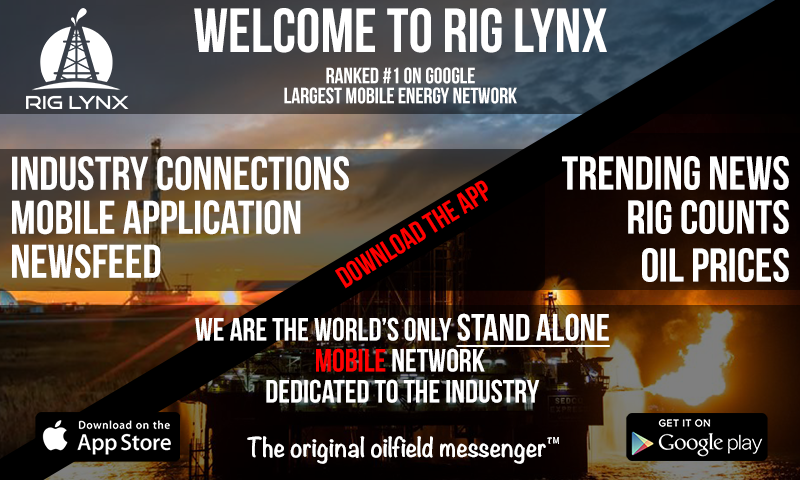



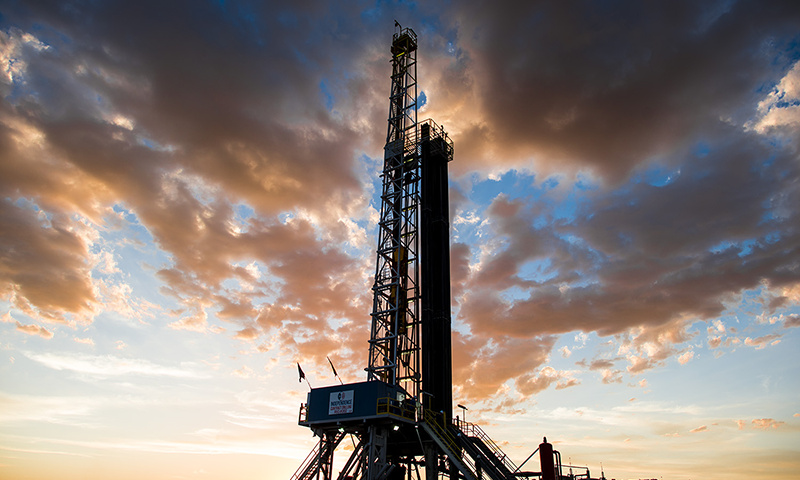

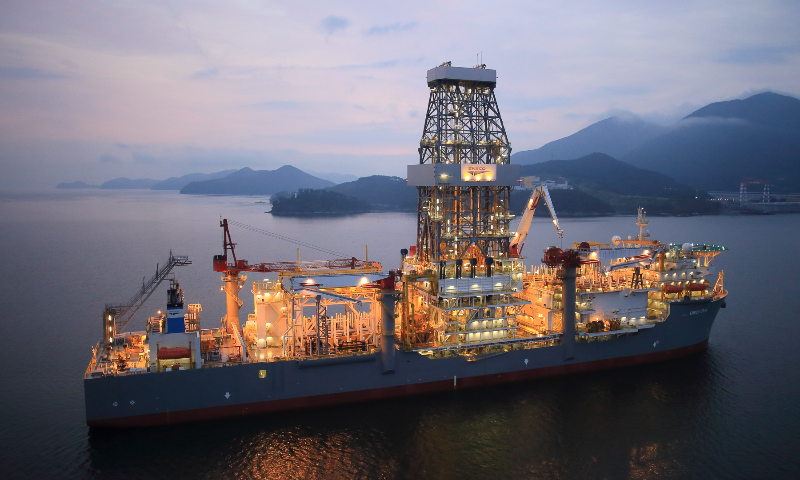
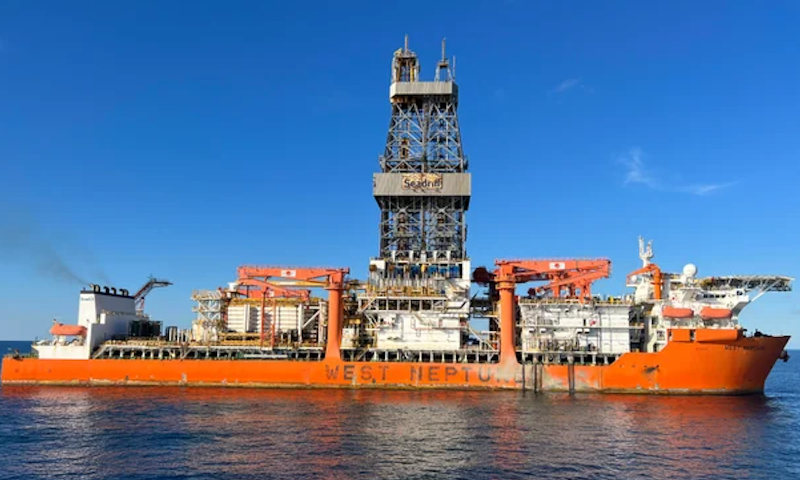
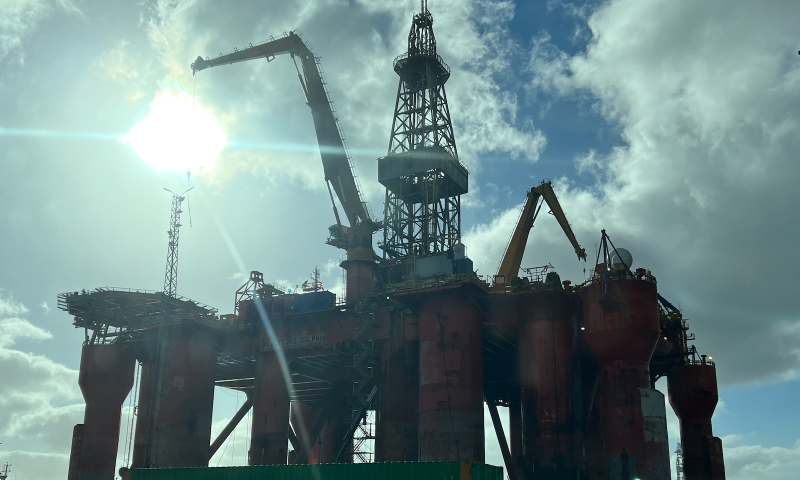


Comments (0)